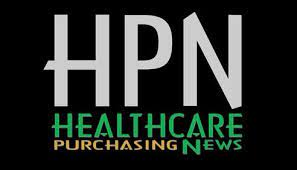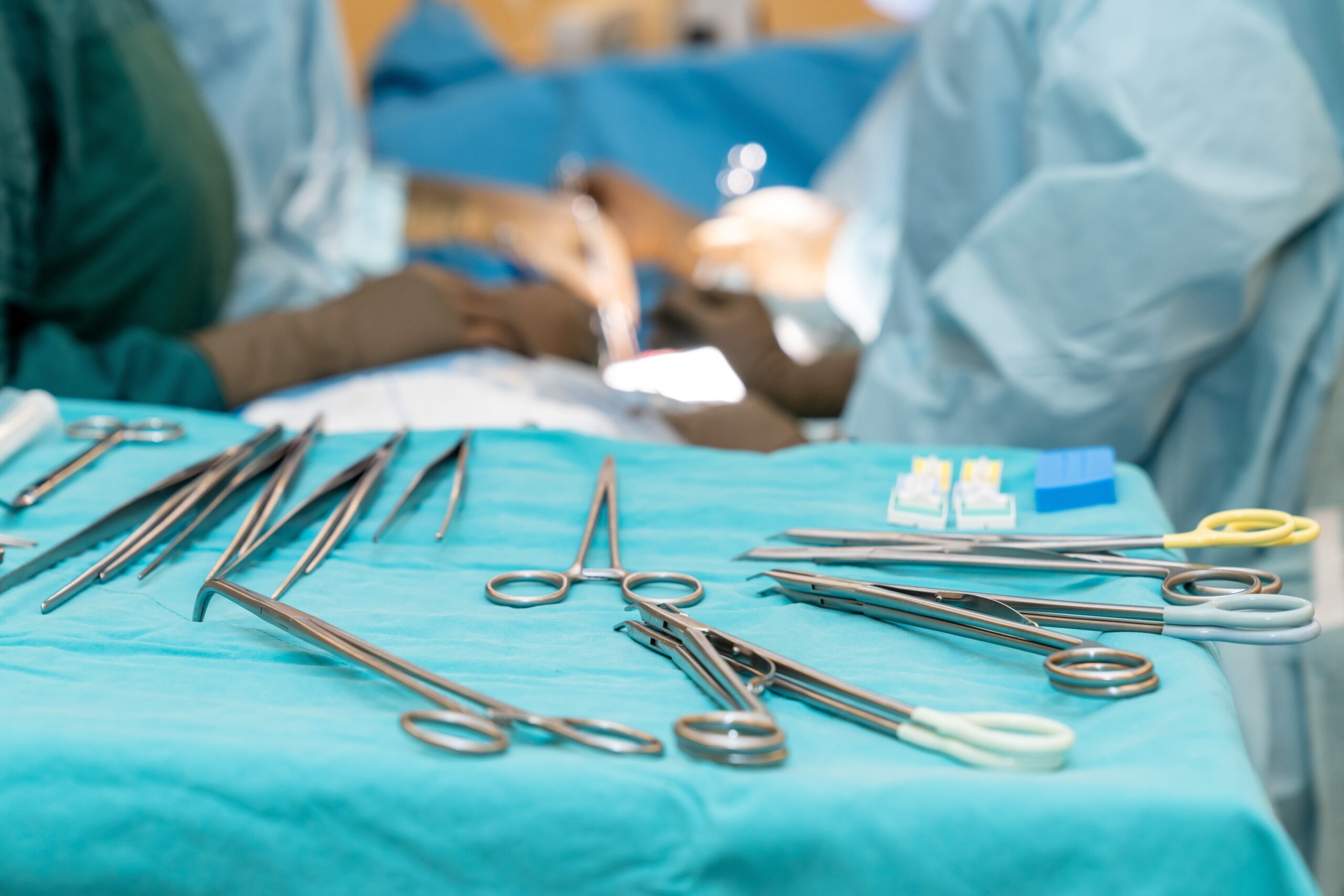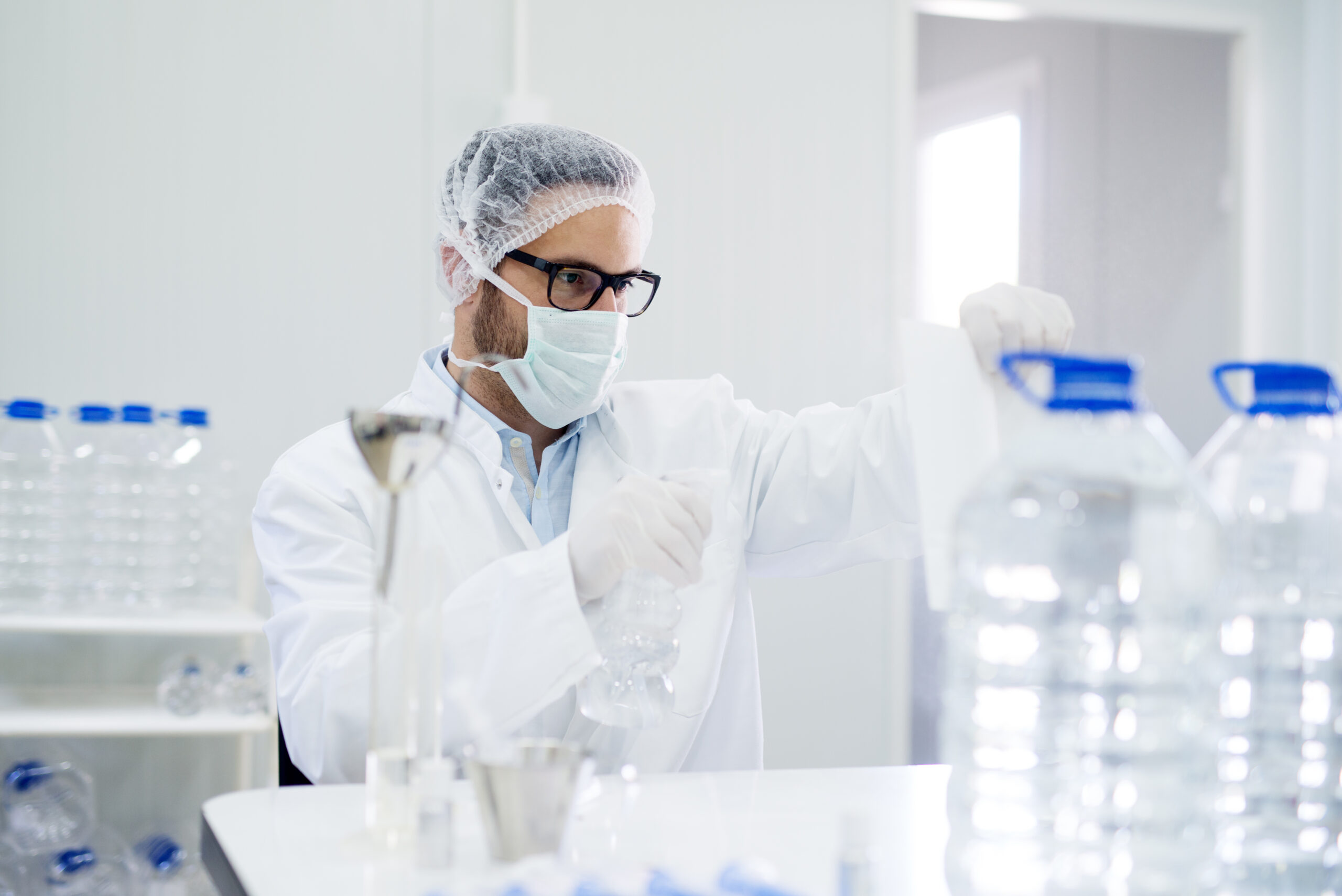- Join Our Community
- Subscribe/Renew
- Sign Up for OR am (Free Daily eLetter)
- Contribute to OR Manager
- Meet the Editorial Board
- Share Your News
- Presentation Proposals
- Periop Leader Network FAQs
- Exclusive Content
- Digital Learning Series
- Webinars
- Whitepapers
- Partner Content
- Conference Insights
- Career and Salary Survey
- Curated Collections
- Poster Research Collection
Revised sterilization standards demand urgent attention from perioperative leaders

Editor's Note New and revised sterilization and reprocessing standards are reshaping the landscape for sterile processing departments, placing greater emphasis on chemical modalities, device-specific protocols, and system-wide quality management, according to the Healthcare Purchasing News May 27 update on compliance and standards. Among the most significant developments is the overhaul…
Standards strengthen sterilization, disinfection process chains

Preventing infection from contaminated surgical tools requires attention to every link in a complex chain of processes, from point-of-use pretreatment in the OR to the moment the freshly disinfected or sterilized item arrives at the next patient’s bedside. For those on the front lines, manufacturers’ written instructions for use (IFUs)…
Water quality: 5 Ws and an H for sterile processing pros

Asking who, what, why, when, where, and how—otherwise known as the “5 Ws and an H”— is a time-tested way for writers and researchers to ensure comprehensive coverage of any topic. Here, we apply this framework from the perspective of sterile processing department (SPD) professionals seeking to start a water…
New water quality standard released by AAMI

Water is a major component of medical device processing. It is used in cleaning solutions, rinse water, and to generate steam for sterilization. Because of its crucial role in medical device processing, the Association for the Advancement of Medical Instrumentation (AAMI) determined it was necessary to upgrade the Technical Information…
Join our community
Learn More Free Daily News
Free Daily News
- Break Barriers to Effective Communication in the OR
- Study Links Home-based Hip Fracture Recovery Success to Neighborhood Conditions
- Solventum Completes Acquisition of Wound Care Innovator Acera Surgical
- Wellness-centered leadership playbook released
- Healthcare job growth up, especially in ambulatory care
- HHS requests healthcare input on AI
- Collaborations key in ASC shift
- Perspectives on influenza A(H3N2) subclade k virus
- Rallying support for nursing education
- How generative AI can unlock more creative ideas
- Clinical Nurse Manager Operating Room - Children's Hospital Colorado - Colorado Springs, CO
- Colorectal Surgeon - Assistant Professor - Michael E. DeBakey Department of Surgery at Baylor College of Medicine - Houston, TX
- Colorectal Surgeon - Assistant Professor/Associate Professor - Michael E. DeBakey Department of Surgery at Baylor College of Medicine - , TX
- Congenital Cardiac Surgeon Clinical Instructor - Stanford University, School of Medicine - Oakland, CA
- Clarity without Compromise: The Benefits of Hydrogel Anti-Fog Technology
- Sharps Safety Starts Here: The Case for Double Gloving
- Smarter Surgery Starts with Trusted Data: Lessons from Health Systems Using AI to Reimagine Supply and Implant Documentation
- AI Made Simple: What Every Nurse Leader Should Know
- Disrupted Workflow Disrupted Care: Closing Documentation Gaps to Protect Every Case More Webinars »
